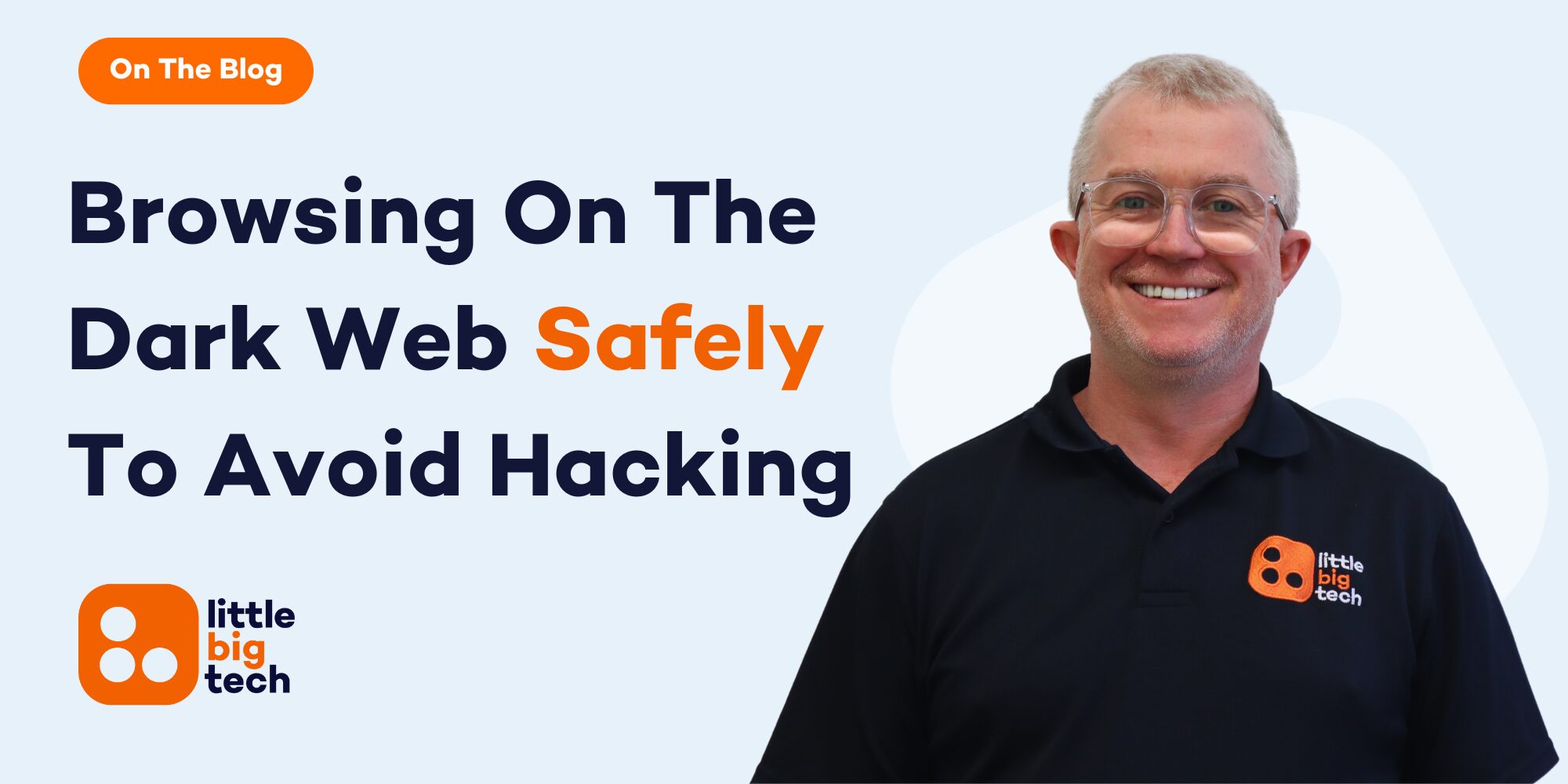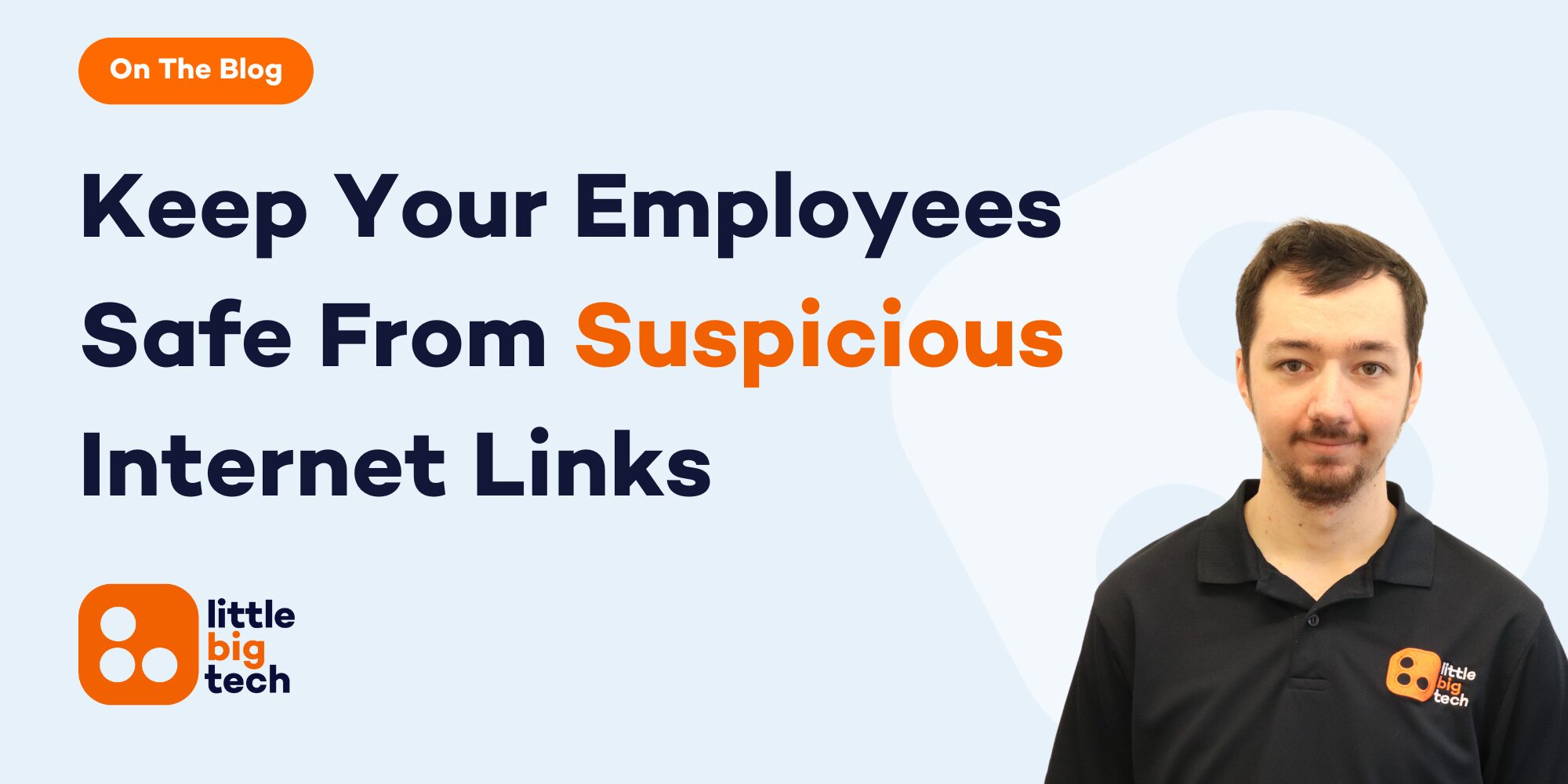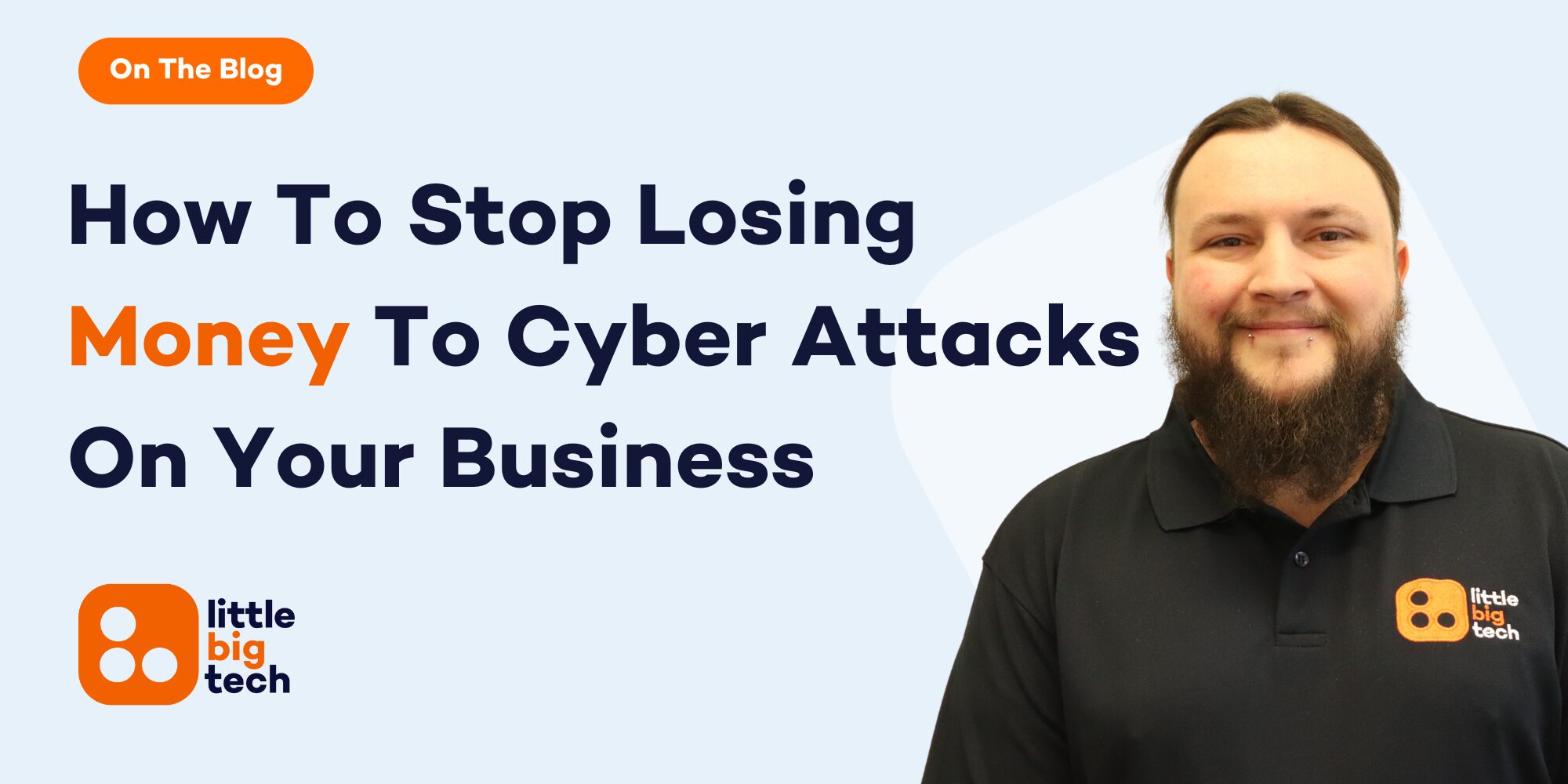- Why Safety First On The Dark Web Matters More Than Ever
- Ways Hackers Find And Exploit Vulnerable Companies
- What Happens When Your Data Appears On The Dark Web
- Safety First On The Dark Web: Steps Companies Must Take Immediately
- Who’s Most At Risk And Why SMEs Are Prime Targets
- Let Us Help You Put Safety First On The Dark Web And Stay Protected
Why Safety First On The Dark Web Matters More Than Ever
Safety On The Dark Web is not just a slogan, it’s a serious mindset every UK business must adopt. Hackers no longer need to break through firewalls manually. Instead, they turn to the dark web, a hidden part of the internet where stolen data, exposed credentials, and illicit access points are traded daily.
For many companies, especially SMEs, the first warning sign comes too late. By the time a breach is discovered, passwords are already being sold, company data is published on criminal forums, or fake invoices are circulating from compromised accounts. These are not abstract risks, they are everyday realities affecting businesses that lack cyber visibility.
The dark web operates out of reach of normal search engines. It requires special browsers, and it’s where hackers communicate, trade, and organise attacks. Businesses that don’t monitor this environment remain unaware of serious threats until financial or reputational damage has occurred.
The challenge isn’t just technical, it’s strategic. SMEs often rely on outdated security practices, weak passwords, and unmanaged devices. When credentials from one system are leaked, hackers use automated tools to test them across multiple platforms, from email to accounting software.
This article explains exactly how hackers find vulnerable companies and what happens when your data ends up on the dark web. It also outlines the practical steps you can take to strengthen your defences. Because putting safety first isn’t optional, it’s the only way to stay ahead of growing cyber threats.
Ways Hackers Find And Exploit Vulnerable Companies
Understanding the tactics hackers use is the first step to stopping them. Here are some of the most common ways attackers exploit businesses that haven’t secured their defences:
Scanning for exposed credentials: Hackers use bots to crawl data dumps from previous breaches. If your employees use the same password across systems, these old leaks give criminals access to your live accounts.
Phishing to capture logins: Cybercriminals send convincing fake emails pretending to be suppliers, clients, or senior staff. These messages contain links to spoofed login pages designed to harvest passwords.
Using data leaks from suppliers: If a supplier is breached and your contact information is part of their records, it can lead hackers straight to your business. Supply chain exposure is one of the fastest-growing threats in the UK.
Targeting weak remote access setups: With more staff working from home, poorly secured remote access points become an easy target. Hackers look for unpatched systems, outdated VPNs, or missing multi-factor authentication.
Listing unsecured databases for sale: Open ports and misconfigured cloud storage are scanned continuously. Once found, these assets are sold or exploited to extract sensitive business data like invoices, customer records, or contracts.
Buying stolen passwords from past breaches: On the dark web, usernames and passwords are traded cheaply, sometimes in bulk. Even if the breach happened years ago, if the password hasn’t changed, it remains a live threat.
These attack methods aren’t theoretical. They’re happening every day, and without proper monitoring or prevention, even small businesses become attractive targets.

What Happens When Your Data Appears On The Dark Web
Once your data is on the dark web, the consequences can be fast and costly. Below are the real-world risks companies face when their credentials or business records are exposed:
Identity fraud is often the first result. Hackers use your information to create fake company registrations, apply for credit, or impersonate staff. These actions can go unnoticed until serious legal or financial complications arise.
Business email compromise follows quickly. Once criminals access an executive or finance inbox, they monitor emails and then send fake invoices, redirect payments, or initiate fund transfers. Many companies lose thousands before discovering the deception.
Account takeovers occur when login details are reused across platforms. Hackers gain access to email, cloud storage, CRM systems, and accounting tools. They may quietly monitor data, steal IP, or stage future attacks.
Invoice redirection scams are rising. Fraudsters create email addresses that mimic your domain and send fake invoices to your clients. Your customer pays but you never see the money.
Reputation damage and legal risk soon follow. If customer data is leaked, GDPR reporting obligations kick in. Reputational damage can harm future sales, investor trust, and partnerships.
Most worryingly, these incidents are often traced back to preventable lapses such as unchanged passwords, unpatched systems, or missed breach alerts. Being reactive isn’t enough. Businesses need to put safety first, and that includes monitoring what happens on the dark web.
Safety First On The Dark Web: Steps Companies Must Take Immediately
Putting Safety First On Dark Web means taking action before your company becomes a headline. Here are the most important steps UK SMEs should implement now:
Monitor credentials with breach detection tools: Use dark web monitoring platforms that scan for exposed email addresses, passwords, or company domains. Early detection helps you act before damage is done.
Enforce strong password and MFA policies: Require complex passwords, force regular updates, and implement two-factor authentication for all critical systems. Even a single compromised login can lead to a full breach.
Audit remote access and endpoint security: Review VPNs, RDP ports, and mobile devices for outdated software or missing encryption. Ensure only authorised users can access sensitive systems remotely.
Train staff to spot social engineering: Run phishing simulations and teach employees how to recognise suspicious links, urgent payment requests, or unusual login prompts. Human error is still the biggest cyber risk.
Secure backups and recovery plans: Regularly back up critical data and store it securely, separate from your main network. In the event of a ransomware attack, this ensures continuity without paying a ransom.
Partner with cyber defence providers: SMEs don’t always have the in-house resources to manage cyber threats. Outsourcing to specialists gives you access to tools, expertise, and rapid response capabilities that are otherwise out of reach.
These steps don’t require enterprise budgets they require commitment and the right support. The goal is not to be perfect, but to be prepared. And that starts with visibility into where your data may already be exposed.

Who’s Most At Risk And Why SMEs Are Prime Targets
Many small business owners still believe they’re too small to be targeted. Unfortunately, that belief is exactly what makes them attractive to hackers. Here’s why SMEs are under increasing threat:
Smaller businesses seen as low-hanging fruit: Hackers know that SMEs often lack cyber policies, IT departments, or monitoring tools. This makes them easier to breach, with less chance of getting caught.
Lack of in-house IT resources: Unlike large firms with full-time security staff, SMEs typically outsource or delegate IT. This leads to slower patching, weaker controls, and limited threat detection.
Over-reliance on outdated systems: Legacy email servers, unsupported software, and expired antivirus solutions are common in small businesses. These provide easy entry points for cybercriminals.
Remote work vulnerabilities: Hybrid teams often access systems from personal devices or public WiFi. Without secure remote access tools, data is exposed to man-in-the-middle attacks and credential theft.
Supply chain exposure: SMEs are often part of larger ecosystems. Hackers may use your business to pivot into bigger companies, making you an indirect target of large-scale attacks.
The truth is, if you’re connected to the internet and hold any kind of customer or financial data, you’re a target. But the good news is, with the right steps, you can also be prepared.
Let Us Help You Put Safety First On The Dark Web And Stay Protected
We know that cybersecurity can feel overwhelming, especially when you’re focused on running your business. Most companies we speak to aren’t ignoring the risks, they just don’t know where to begin. That’s where we come in.
At Little Big Tech, we help UK SMEs identify their exposure and put safety first on the dark web, without jargon or panic. Our team provides clear reporting, practical action plans, and affordable tools to secure your data, your staff, and your reputation.
We offer dark web monitoring, credential risk scans, employee training, and remote access audits. Whether you’ve already spotted suspicious activity or want to proactively assess your risk, we’ll help you close the gaps before hackers find them.
Our approach is simple: no fear tactics, no cookie-cutter solutions. Just real support, tailored to how your business works. And if something ever does go wrong, we’re on hand to help you respond quickly, minimise damage, and recover fast.
Call Little Big Tech today on 03333 055 331 to book a free dark web scan or speak to a cybersecurity advisor. Let’s take the first step together and put safety first where it matters most.









